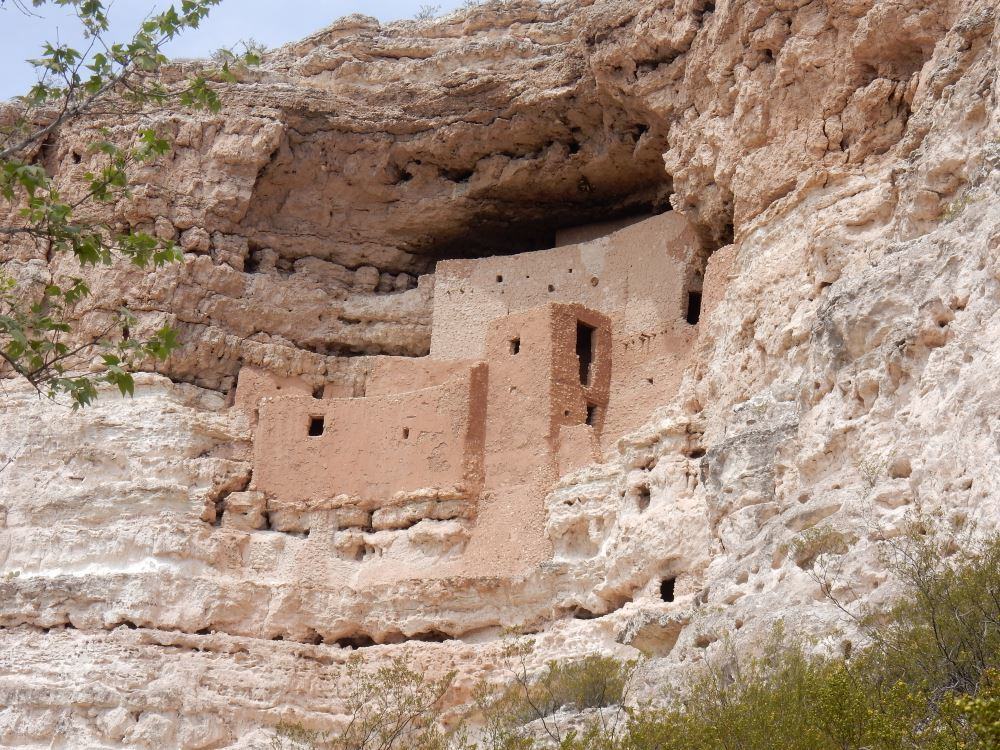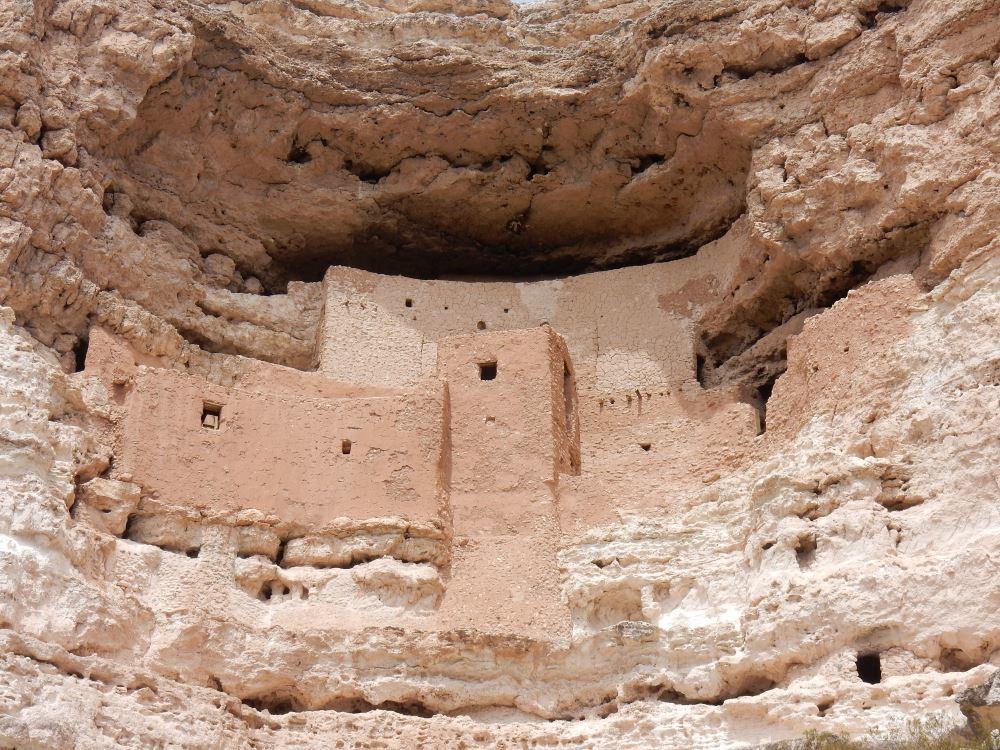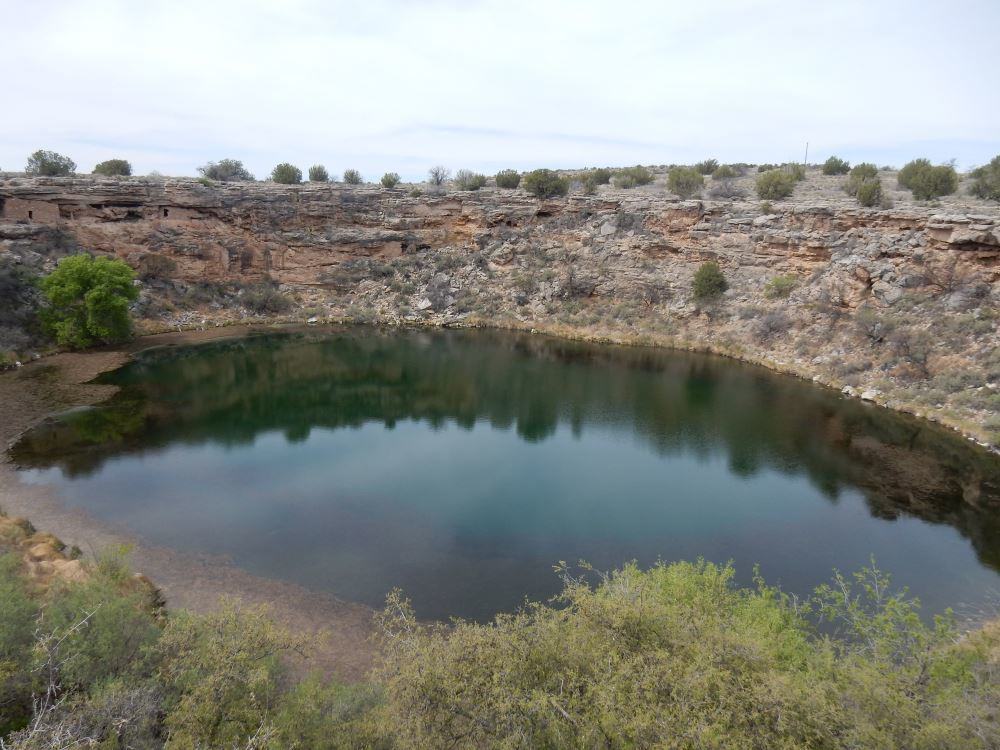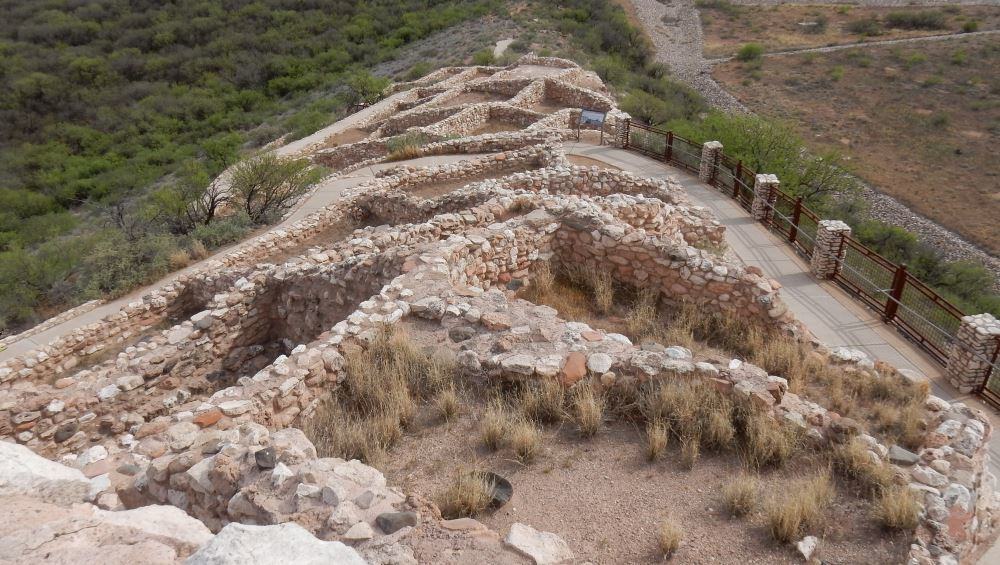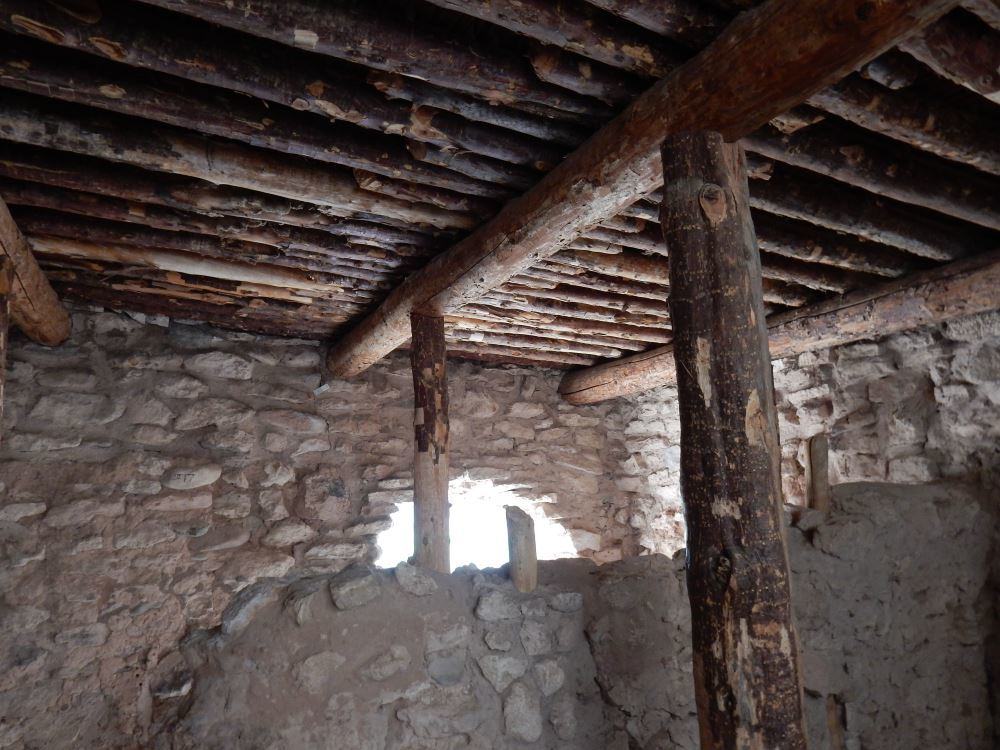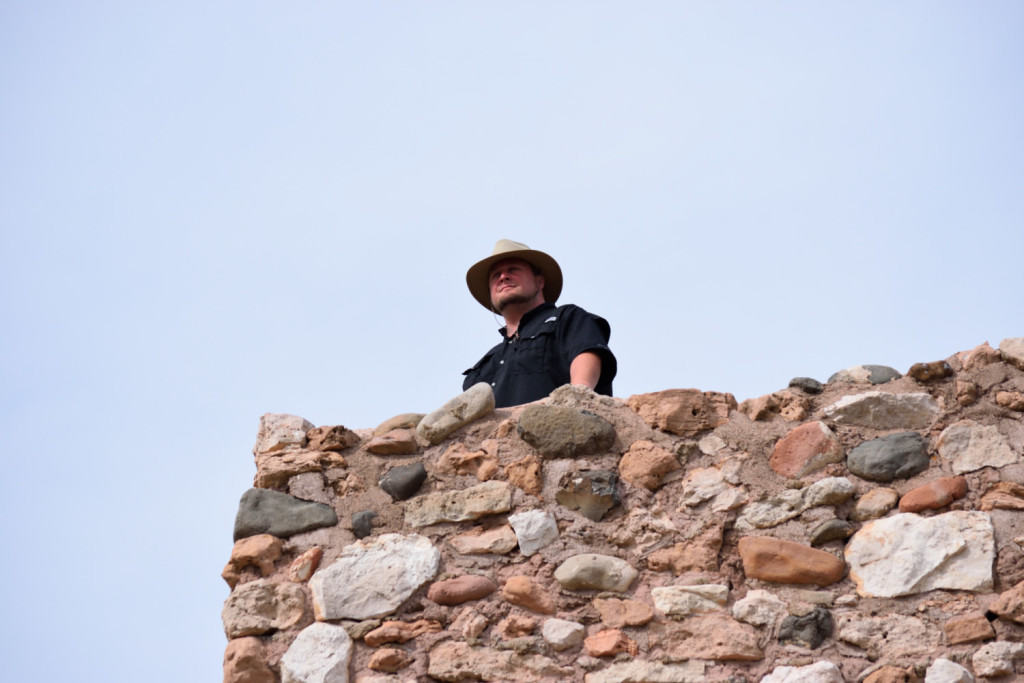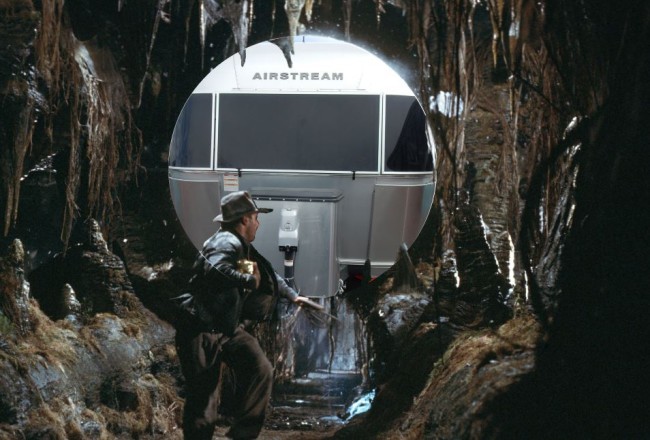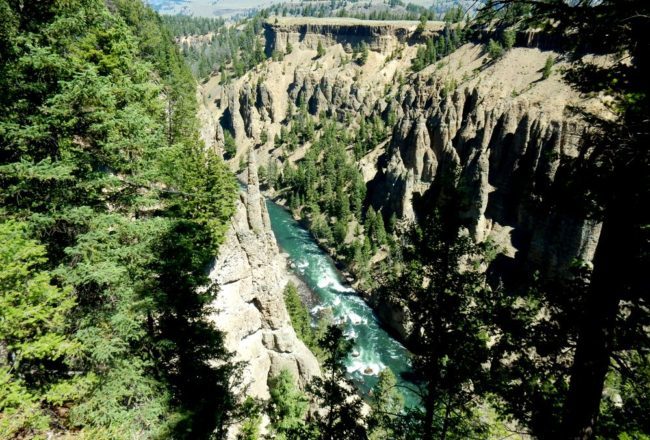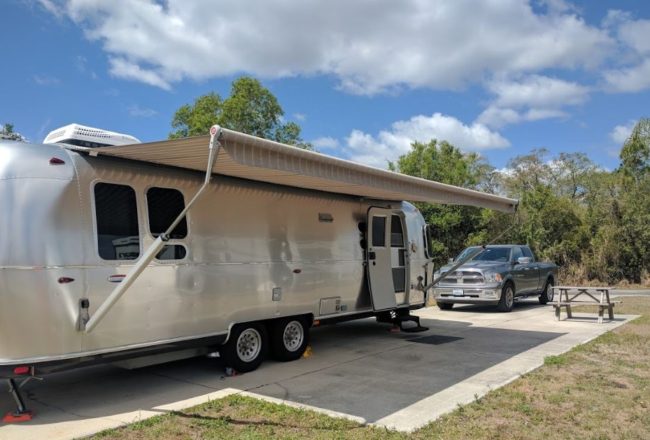Arizona is packed with National Monuments, having more than any other state. Everywhere we go in the state there are amazing things to see and do. While American culture is fairly new here, some 100 years as a state, what is remarkable about many of its monuments is they are testaments to an ancient past. While the geology is often mind-bogglingly ancient, the native pueblo ruins are the oldest man-made structures you can see in north America. The remoteness of the desert and the relatively limited rainfall have preserved a great many ruins, some of them for more than a millennia.
Taking a break from the Grand Canyon we decided to hit up a trio of sites in the national monument system, the most famous of which is Montezuma’s Castle. A recurring theme of these sites is they are named by western explorers who knew next to nothing about the history of these places and thus the names are poor choices in hindsight, yet have stuck none the less. Montezuma had nothing to do with the site and it is not in any way a castle. In truth, it is a small pueblo built about 40′ up into a large overhang in a small cliff face overlooking a small creek with a grove of Arizona sycamore trees. The ruins have great charm, are in excellent condition, and spark your imagination for a time long past.
Like many of these sites, the people that built and once inhabited them left no written records. Thus, what we know of them comes from studying their homes, tools, and art, or from the oral tradition of the modern tribes that claim ancestry from these peoples. We in the west used to say they had “vanished” mysteriously but we know now that what they actually did was left these homes and went elsewhere. It shows how our modern sensibility is that if you build a thing you should covet it forever though western ghost towns attest that we too pack up and leave places when they simply no longer satisfy our needs. Archeologists tend to presume that environmental changes precipitate these moves while native tradition tends to hold the reasons for abandonment were cultural.
Montezuma’s well is another pueblo site though it’s titular feature is a well surrounded by steep cliffs. Here the ruins are less remarkable but the spring remains something of a natural wonder and an unusual ecosystem dominated by ancient leeches. The CO2 levels in the water are such that fish cannot survive so the leeches are the top of the food chain, feasting on tiny organisms who in turn eat the algae that grow there. Fancy a swim?
Another thing these sites have in common is they are good for quick visits. They tend to feature trails under a mile in length with a number of interpretive signs detailing the local flora and what we know of the people who once inhabited the ruins. The more popular ones like Montezuma’s castle and Tuzigoot have visitors centers and gift shops while the smaller ones like Montezuma’s well just have a small parking lot and a rangers station. You can drive up, check in, walk to the site, wander around the site, and get back to the car in about an hour and see pretty much all there is to see.
Tuzigoot was my favorite of the three stops, and not just because I love the way the name sounds. A name that follows the other rich tradition for these sites where in the western explorers ask the locals what it is called and then misunderstand and/or mispronounce the answer to a good degree. None the less this had one of the best visitors centers of any site we have been to. It was not large but it had a lot of great artifacts and information about them. Especially nice was a display of recovered artifacts and a video screen you could watch scientists offer their take on what the artifacts were and how they might have been used. If you have ever wanted to see a pair of agave husk nunchucks and watch scientists try to puzzle out what they were for, this is the place.
The ruins themselves are fairly impressive though they have been largely reconstructed by archeologists. I liked that in this case they did a reconstruction of one of the roofs in a room you could walk in and explore at the top of the ruins. Many of the ancestral sites in this area were arranged such that they had a commanding view of the surrounding area. Tuzigoot especially feels like a city upon a hill and while the surrounding area is not especially picturesque these days, standing atop the roof at the pinnacle of the ruins you can imagine a tribal elder surveying the land his people depended on for their survival.
